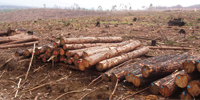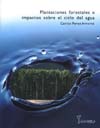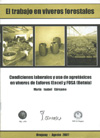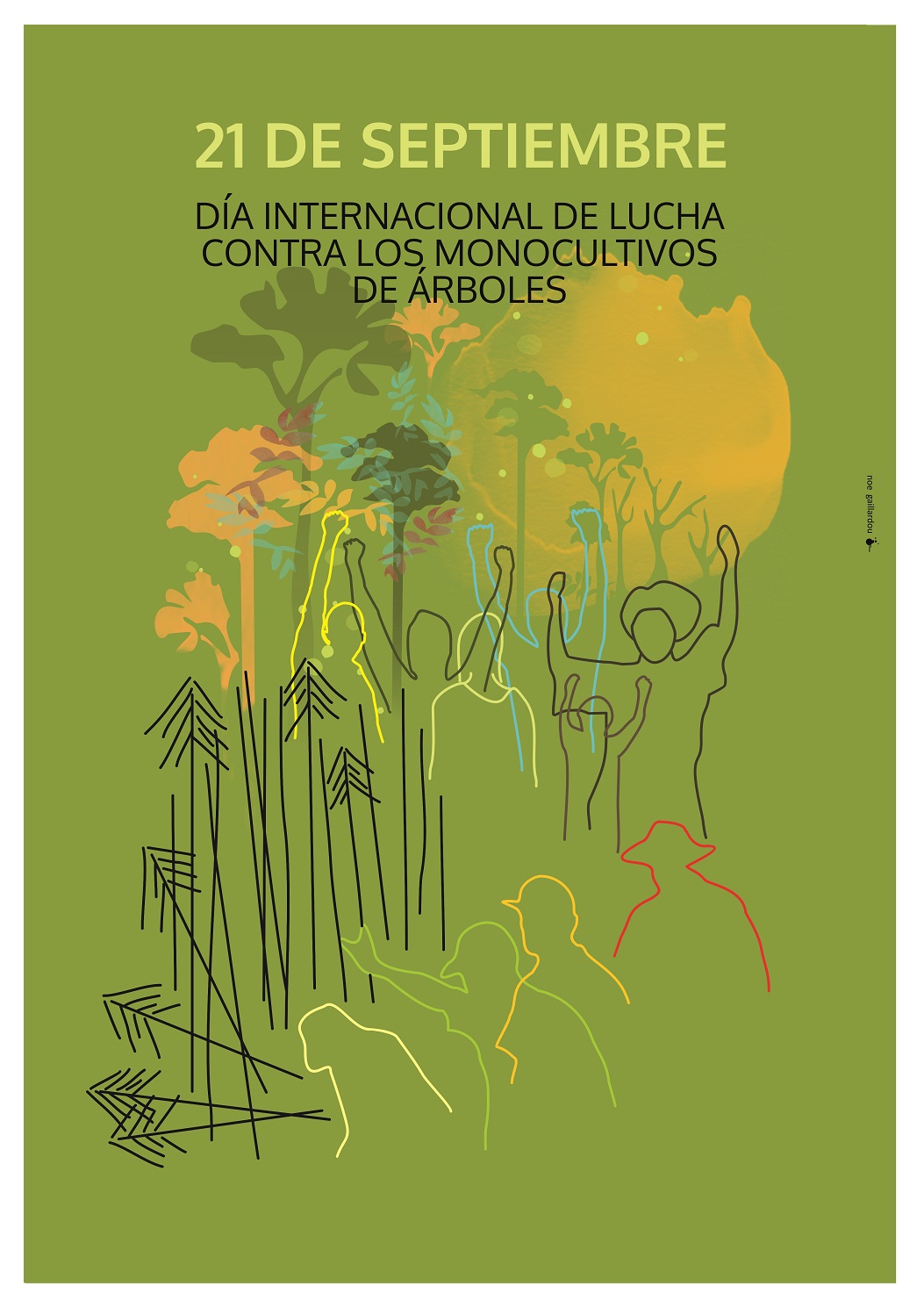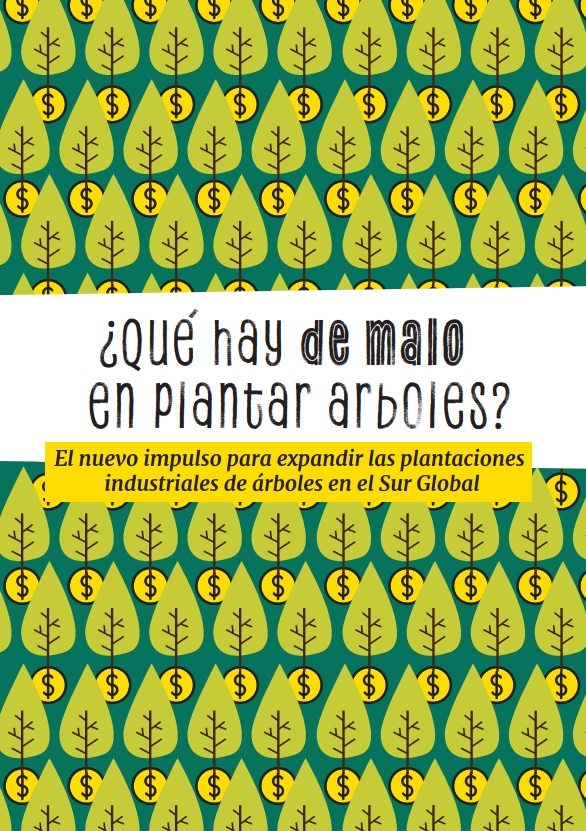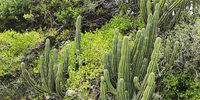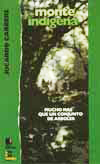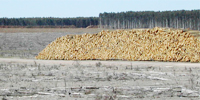Over the last few years, Uruguay has gained international attention as a result of the drawn-out conflict with Argentina over plans for the installation of two “mega” pulp mills in Uruguay, one by the Finnish company Botnia and the other by ENCE of Spain.
The background to the conflict dates back to 2002, when the Uruguayan government, in keeping with its policy of promoting “forestation” through large-scale monoculture tree plantations, began to encourage foreign investment in the pulp production industry. The incentives already enjoyed under the 1987 Forestry Law by companies that established plantations in Uruguay (subsidies, tax exemptions, soft credits, highway construction, maintenance and repair of rural roads damaged by heavy logging trucks, etc.) were further complemented by the signing of investment protection agreements and the granting of free zone status for sites where pulp mills were to be built (exempting them from all existing or future taxation requirements).
As a result, eucalyptus and pine plantations began to spread over areas formerly covered by grasslands, the main natural ecosystem in Uruguay, generating severe social and environmental impacts: displacement of the rural population, impacts on water and soil quality, the occupation of land suited to cattle farming and agriculture, and impacts on flora and fauna, among others. These problems have yet to be seriously assessed by the successive governments that have continued to promote this pulp-plantation model. Another outcome has been the growing concentration of land ownership by transnational corporations. Three companies alone – UPM-Botnia (Finland), Weyerhaeuser (United States) and Montes del Plata (Sweden-Finland-Chile) own a combined total of 600,000 hectares of land.
The approval granted to ENCE and Botnia to build pulp mills on the Uruguay River, which is shared with Argentina, sparked a heated conflict between the two countries. One of its most radical manifestations was the prolonged roadblock on the San Martín international bridge, which links Uruguay and Argentina across the Uruguay River, by the Environmental Assembly of Gualeguaychú, Argentina (an action that involved the participation of thousands of Argentine citizens). This locally adopted measure spurred the Argentine government to join in the opposition to the installation of the pulp mills. When it proved impossible to reach an agreement with the Uruguayan government, Argentina took the case to the International Court of Justice in The Hague.
Eventually, ENCE opted to relocate its pulp mill plans further south, to a site on the Río de la Plata (River Plate). After the recent global financial crisis, it sold its shares to Montes del Plata (a Swedish-Finnish-Chilean consortium) in 2009. In the meantime, despite the fierce opposition mounted by Argentina, Botnia went ahead with the construction of its pulp mill on the Uruguay River; it began operations in November 2007.
As noted in a recent press release from the Uruguayan organization Grupo Guayubira, “the blocking of the international bridge raised the conflict to such heights that the real focus of attention and of much-needed debate was lost. We went from analyzing whether or not the installation of a pulp mill of this kind was actually beneficial for the country to a fierce confrontation pitting Uruguayans against Argentines, in which inflamed nationalist sentiments left no room for analysis or for asking ourselves questions that are fundamental for our future as a country, such as: Was it is good for Uruguay to open itself up to foreign investment like this, which means continuing to export raw materials, and in addition, under tax-free conditions? Do the benefits obtained justify the mega pulp mill currently operating in Fray Bentos and the hundreds of thousands of hectares of eucalyptus trees that now occupy our countryside?
For Grupo Guayubira, “this undertaking implies not only the operation of a pulp mill larger than anything ever seen in our country – which according to the company itself consumes 86 million litres of water and uses 400 tons of chemical products ever day – but also the utilization of thousands of hectares of land for large-scale monoculture eucalyptus plantations.”
On top of all the conflicts provoked by the presence of this transnational corporation, it should be stressed that after two years of operations, the promised benefits of the pulp mill have yet to seen. Grupo Guayubira recalls that “the interviews and forums held by Botnia to present the project focused on publicizing the benefits it would bring to the country and its people if it was approved. One of the main promises – aimed at seeking public and political support – was that it would create thousands of jobs.” Two years after the pulp mill began operations, the department (province) of Río Negro, which is where the pulp mill is located, as well as one of the departments with the largest concentrations of monoculture plantations, has the highest unemployment rate in the whole country, as well as the highest rates of domestic violence.
In March 2010, José Mujica took office as the president of the Uruguayan people, and has met on various occasions with Argentine leaders in an attempt to heal relations between the two countries. This created the conditions that led the Environmental Assembly of Gualeguaychú to lift the roadblock on the international bridge, in exchange for shared monitoring of the pulp mill and water quality in the Uruguay River.
It is on the basis of this gesture – and now that the pressure of the international conflict has been lifted, and the pulp mill has already been established – that Grupo Guayubira is now addressing the public with the following message: “Rather than continuing to take for granted that more and ever larger pulp mills will be built, we should stop and assess whether the first and so far only pulp mill in our country has actually benefited the lives of Uruguayans, from an economic, social and environmental point of view.”
Based on a press release issued by Grupo Guayubira on June 24, 2010. The full text (in Spanish) is available at: http://www.guayubira.org.uy/2010/06/sin-corte-de-rutas-ni-tribunales-internacionales%E2%80%A6/
Source: WRM’s bulletin Nº 155, June 2010


